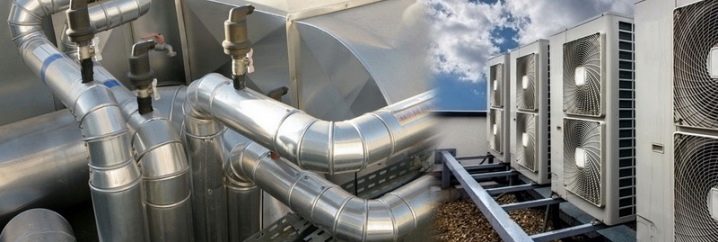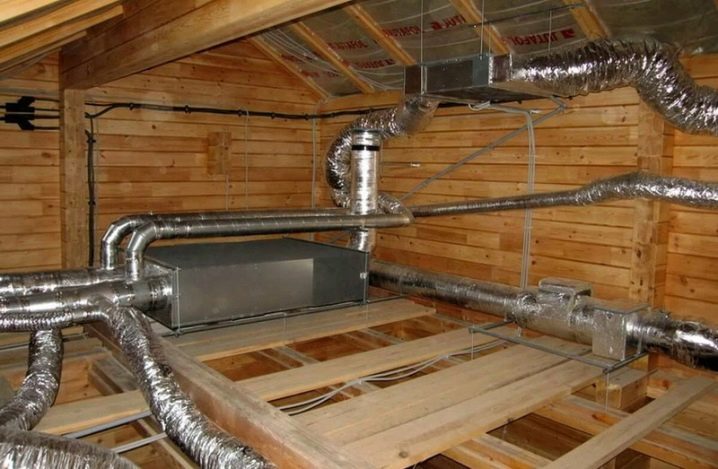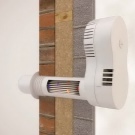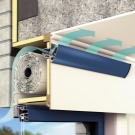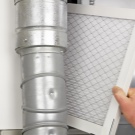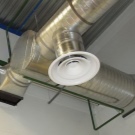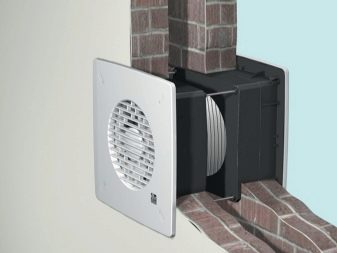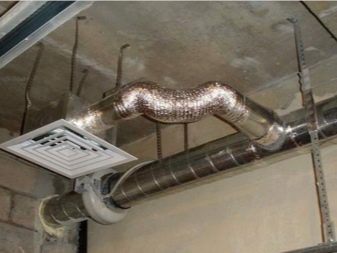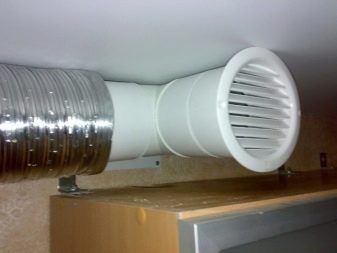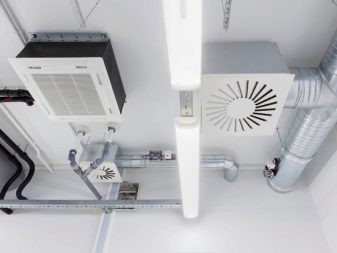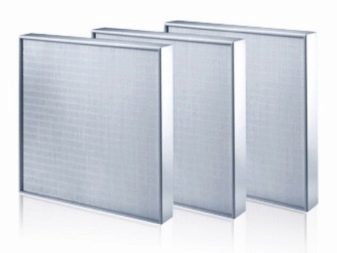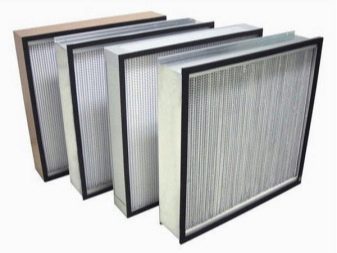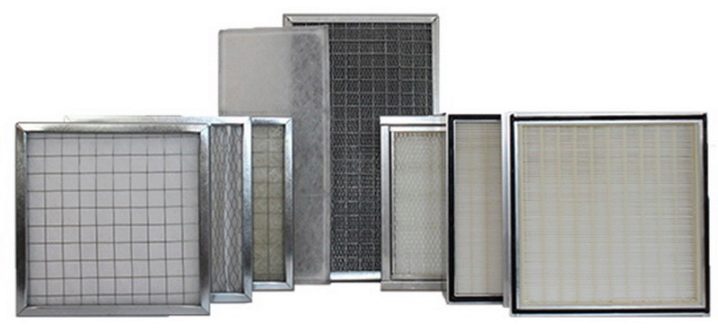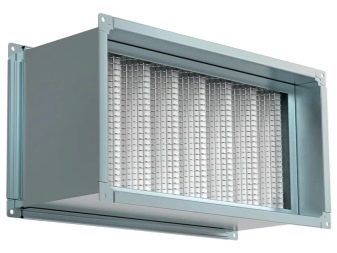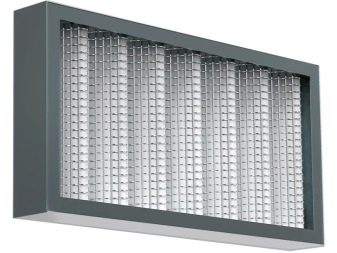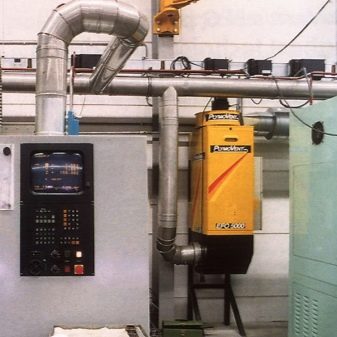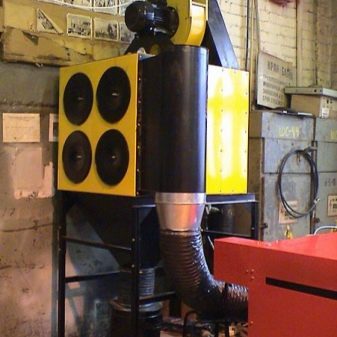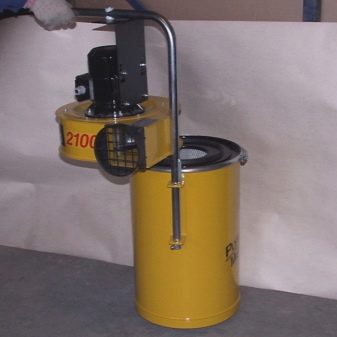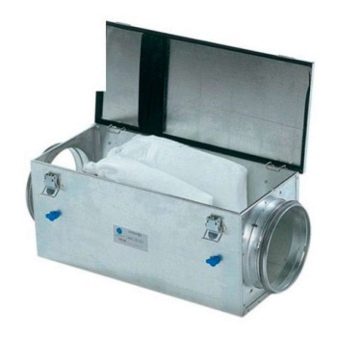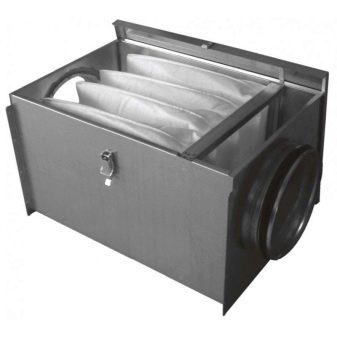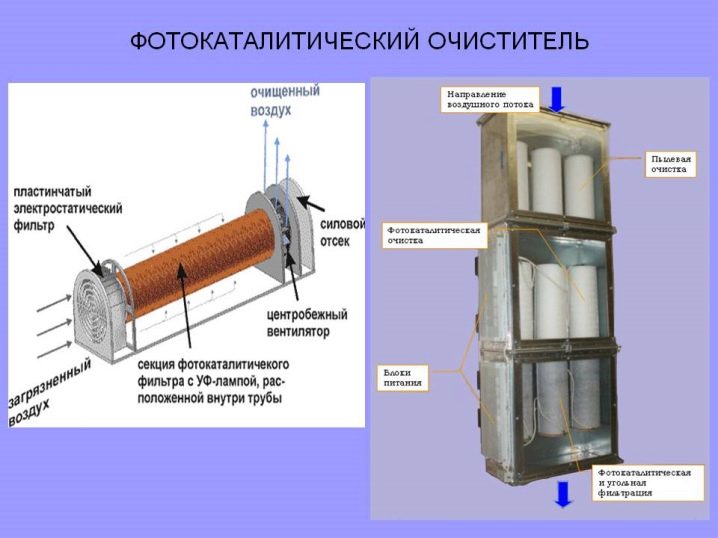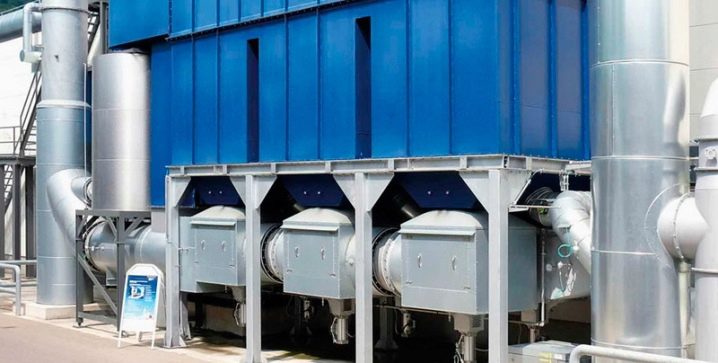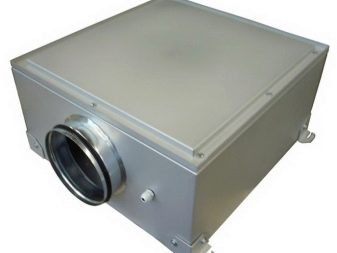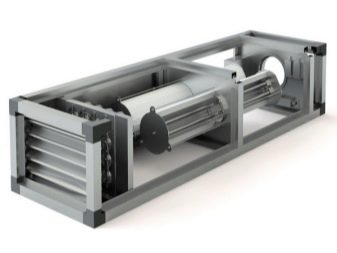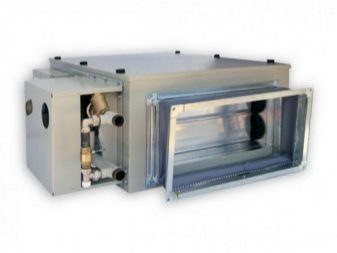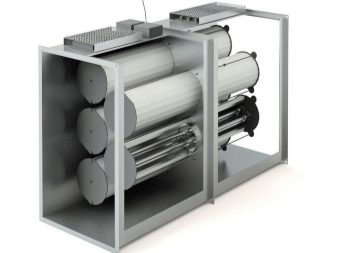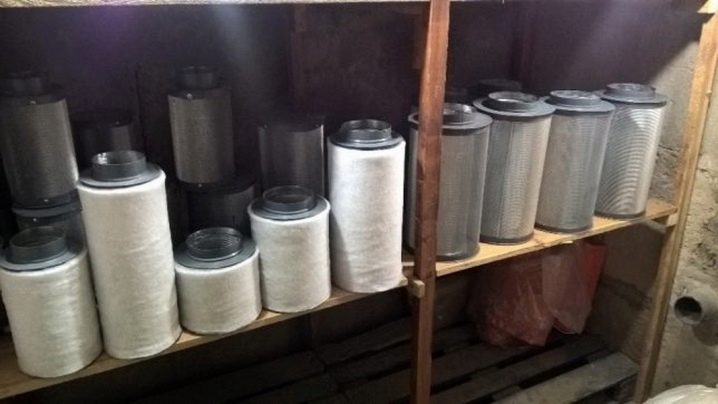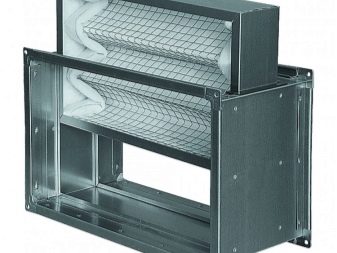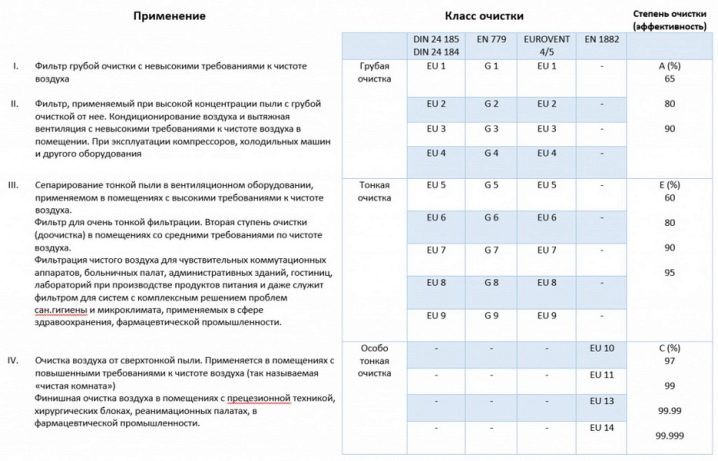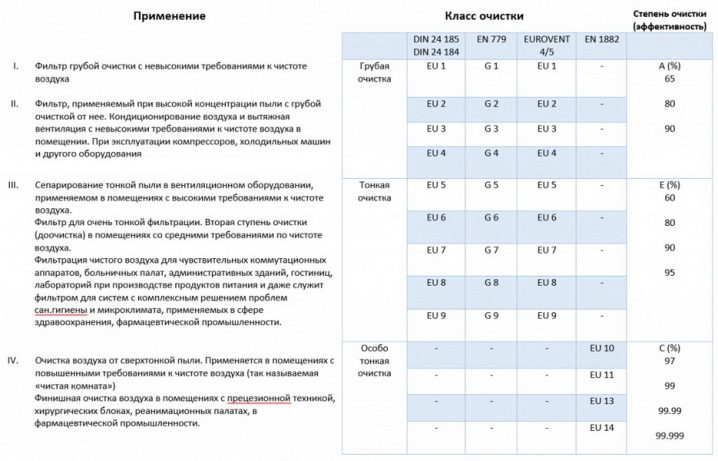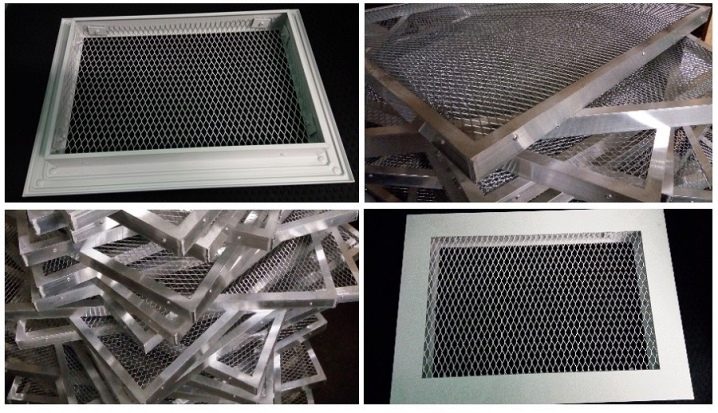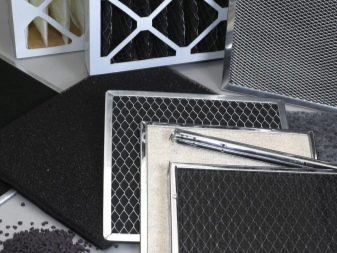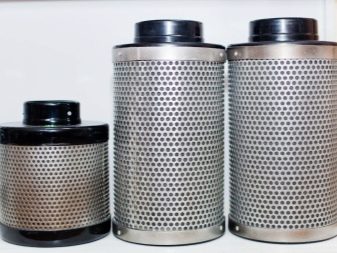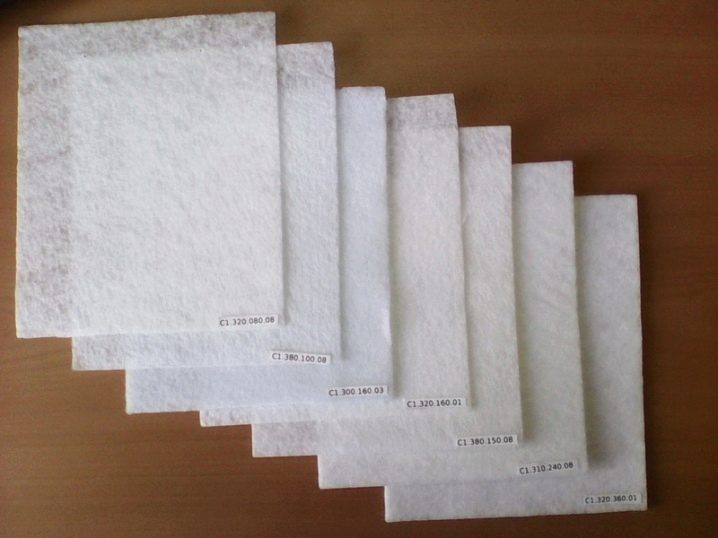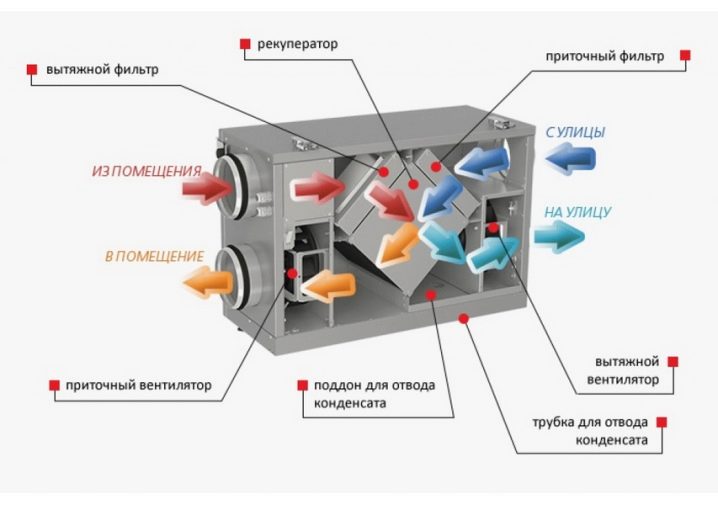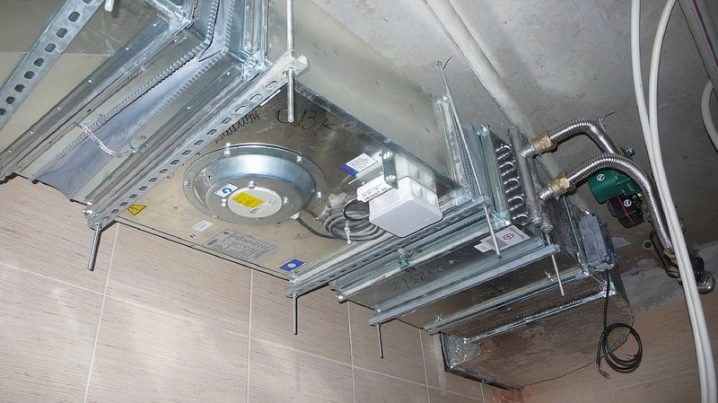Classification and features of filters for ventilation
The ventilation system is designed to ensure an optimal indoor climate. This system includes various devices, air outlets, shaped elements and so on. To ensure clean air, care should be taken to ensure the stable operation of all parts of the system. Components, in particular, include filters for ventilation systems.
Purpose
Filters for ventilation are installed in each system to ensure a comfortable indoor climate. Air purification in modern environmental conditions is the most important task of designers. Installation of filtering elements allows to additionally protect the devices of forced ventilation. Most often, the installation of filters made before expensive devices.Another function of the filters is to minimize the need for cleaning the channels of the ventilation system.
Also, filtering devices are necessary to prevent clogging of other filters, which are much more expensive. Due to this, the duration of the service of the latter is significantly increased. Filters are used for ventilation not only in residential buildings, but also in medical and educational institutions, kindergartens and various branches of the industrial segment.
Basic product requirements
Filtration elements must ensure complete tightness of the system, but they must be replaced regularly. Based on this, there are some requirements for the product.
- Convenience of installation, possibility of repair and tightness of systems in apartments with panel blocks. The risks of leaks and ruptures should be completely eliminated.
- The filter element must be sufficiently reliable before the mechanical loads that may form in the system. An important characteristic of any filter is its initial and final aerodynamic resistance. Therefore, in the manufacture of such devices are subject to strict standards, because if the filter fails, the entire ventilation system will fail;
- The material must be able to withstand the usual atmospheric conditions and sufficiently large aerodynamic forces.
- When trapping solid particles, filters should not pass dust, soot, which adversely affect technological processes. Therefore, nonwoven materials are used for the production of filtration elements that can provide high reliability when trapping pollutants.
Kinds
For air purification, electrostatic types of filtering devices are used. The electrostatic method is considered the most effective method for removing particles of dust, soot and other pollutants in the air stream. These filters are used for domestic purposes, in the industrial segment, where substances with a high concentration of toxic gases can accumulate.
An electrostatic device is a metal plate and filament, which are stretched between them. An electric field is formed between the filament and the plate, which is converted into ionized current. With the passage of air particles between the two plates, the harmful substances acquire a charge and as a result of the appearance of the electric field, they approach a metal having a negative charge.
The advantages of such devices are low power consumption, respectively, low-cost operation and maintenance.
Nera devices are the most highly efficient air filter devices.They purify the air up to 99% of toxic agents. Retention of fibers, dust, pollen occurs due to fiber raw materials having the form of an accordion. The main purpose of non-filters is to keep very small agents, dust and lint. However, when large elements get inside the filter, the device will soon become clogged. To prevent clogging and extend the service life, a coarse filter element for large components is additionally mounted in front of the non-device.
The main disadvantage of devices is the need for their periodic replacement in accordance with the instructions. Such models are being produced that can be washed off when clogged, but it is impossible to clean up to the end, so you will still have to replace them with a new filter. The following types of air filtration elements are also available.
- Oil devices for air purification - These are rings or nets moistened with mineral oil. Contaminant components do not penetrate through the oil, accumulating on the surface. Due to this, dust does not enter the airspace. Used only with a small amount of pollution.
- Handheld devices - filters for trapping particulate matter from ventilation and recirculating systems. They differ in cleaning classes: they can be coarse or fine cleaning. Structural features: consist of a frame made of plastic or metal, which is connected to a filter element in the form of a pocket. A distinctive feature of these devices is the ability to trap large amounts of dust.
They are installed in the premises for cooking, in the shops for the processing of metal structures, as well as in public buildings.
- Gas cleaning produced by photocatalytic filtration elements. This process consists in the following: toxic components of gases are able to decompose and oxidize on the photocatalyst. This is a substance that, when absorbed by ultraviolet rays, can accelerate the reaction.The photocatalyst does not accumulate toxic components on its surface, since they are oxidized to form decomposition gases and water. As a result of the oxidative process, toxins, viruses and microbes are destroyed. Also, the photocatalyst is able to get rid of bad odors, since almost all of them are of organic origin.
The catalyst substance is not reduced, with the result that the filtering element will serve for a long time. However, we should not forget about the periodic replacement of the ultraviolet light bulb. Such a lamp consumes electrical energy. Also to the disadvantage of this device can be attributed to the difficulty of disposal of the UV lamp, which is made only by specialists.
Photocatalytic devices do not have high power, because the photocatalyst is not able to emit ultraviolet rays. It also takes some time for the oxidation process. In that case, if the toxic gases will be quickly filtered, oxidation can not be fully completed. Subsequently, toxins do not decompose to the desired components. The device cannot clean the air of solid particles, it is intended exclusively for gaseous media.
Carbon filter elements are designed to eliminate odors and harmful elements in the gas phase. The principle of the filter is based on the fact that it has many tiny pores where gas molecules are attracted. Carbon filters do not clean the air from particulate matter. The disadvantage of devices is the need for periodic replacement. Their frequency depends on the concentration of harmful components and on the functionality of the device itself.
Cassette devices are cell filter elements and are made of plastic or steel. The filter module is made of various kinds of raw materials, the type of which depends on the purpose and operating conditions of the device. For the class of mechanical cleaning, the best may be synthetic raw materials, paper with corrugations, non-woven mesh materials. For a class of fine cleaning fiberglass raw materials are used.
Cleaning classes
For filtering elements, there are mechanical, fine, high and ultra-high cleaning devices. Each class is labeled with a specific letter in accordance with the regulations. The class of mechanical cleaning (marking G1 – G4) is designed to remove large particles: down, soot, pollen and animal hair.Such filters are installed in systems with low requirements for air concentration, as well as for pre-cleaning before filtering devices for smaller particles.
The class of fine cleaning (marking F5 – F9) is intended for trapping fine particles and pollen, spores of microbes. Installed in ventilation systems, in industrial shops for the production of drugs and products, they are also mounted in combination with other filter elements. Filters of high cleaning efficiency class (marking H1-H14) are designed to remove the smallest particles or viruses. Mounted in areas with increased requirements for the presence of toxic components in the room, as well as in the shops for the production of pharmaceuticals and in medical institutions.
The ultra-high-performance device class (labeled U15 – U17) is designed to capture extremely small elements. Installed in areas with strict standards for the concentration of harmful gases.
Manufacturing materials
Air purification efficiency directly depends on the material of the filter.For the retention of sufficiently large particles, devices from a metal mesh, from fibrous and porous raw materials, and also filtering elements from fabric are used.
Bactericidal filter fabric, produced in rolls, with the help of ultraviolet rays destroys harmful components in the air. Fiber raw materials are designed to ensure the cleaning of chemical reagents at the production sites, as well as in furniture shops and in the production of machines. A high level of particle trapping is achieved due to special solutions that cover fiberglass. Such compounds are able to repel pollutants and destroy pathogens.
Coal filter materials provide air purification from harmful vapors and gas media. Filtration with a large number of pores most effectively able to retain volatile components. At the same time, these devices are not recommended for installation in rooms with high levels of humidity. They are also defenseless against nitrogen dioxide and formaldehyde. The frequency of replacement of rolled fabrics depends on the requirements for clean air in the room.For greater efficiency, you should periodically clean the filters for the fans from the oil, soot, soot. This procedure is carried out once in 6 months, and in heavily polluted areas even more often.
Water devices are designed for installation in the premises for cooking. The filter cools the air mass to 40 degrees and cleans of oil formulations, only after that the purified air is directed to the room. Most often, the installation of such devices is carried out in duct ventilation systems. Water based devices pick up extremely heavy impurities.
The level of air purification in the room depends on the porosity of the padding polyester. Synthetic raw materials, with the help of which special mats are made, are intended for rooms with a high level of humidity or high temperature conditions. Especially high efficiency is shown by filters from a synthetic winterizer at factories for production of paint and varnish products. They look like lattices, behind which are mats in the form of a sleeve.
Design features and principle of operation
The principle of operation of filters for exhaust systems is as follows: air mass with heavy components through the ventilation ducts passes through the filter device,where dust particles and other pollutants remain. The porous surface provides rapid absorption of these components. The work of the sensors depends on the design features:
- porous devices (based on porous raw materials through which air masses pass);
- absorbing devices (based on absorbing raw materials);
- fabric devices (filters are equipped with special materials that can hold large solid particles).
In bulk filters, coal, ceramics, metal chips and rubber chips are used as the basis.
Tips for choosing
In order to choose the right filtering element for a ventilation system, it is necessary to provide an installation location as well as efficiency when using a specific device model. You should also take care of the operating conditions of the filters and their optimal quantity. Do not install the filter yourself, it is best to seek help from specialists who install the filter element in accordance with the instructions and safety precautions.
For more efficient cleaning, it is recommended to provide multi-stage filtration. In this case, several different filter elements will be installed. Special devices will help establish the literacy of the installation and the efficiency of filters. To increase the service life of devices, it is necessary to strictly follow the manufacturer’s instructions; during cleaning, use only special means and devices. Repair of filtering devices is performed only by qualified craftsmen.
For information on how to select filters for ventilation, see the following video.
